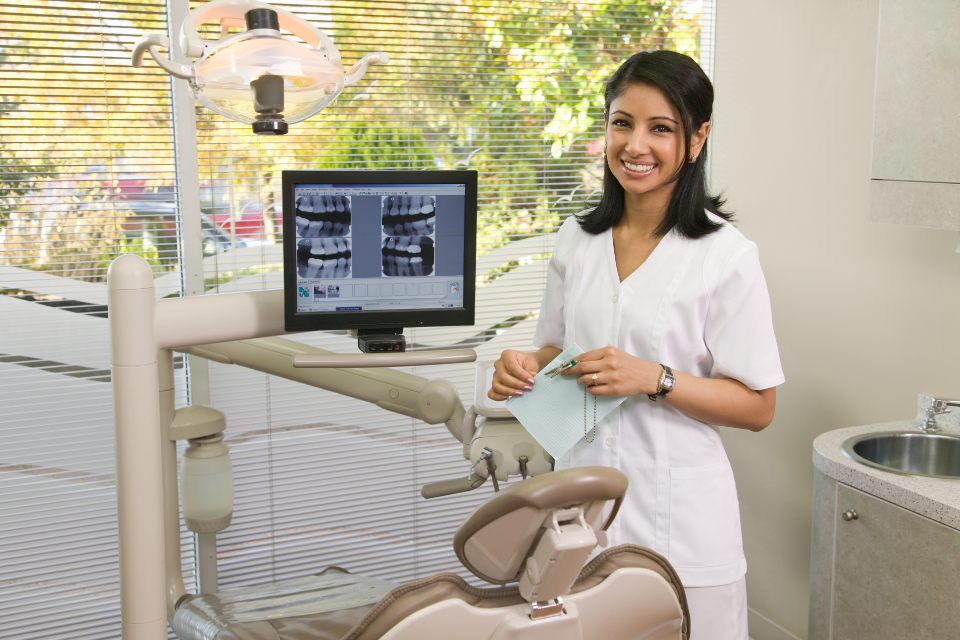16 July 2025
|3 minutes
How drip feeding can ease the tax burden for dentists

Here, Morna Beattie, Dental Specialist Financial Adviser at Wesleyan Financial Services, shares how drip feeding pension contributions may offer a more practical and stress-free approach for dentists and practice owners.
If your recent tax bill felt like the usual British weather - a washout - you’re not alone. With frozen thresholds, shrinking allowances and rising income from both NHS and private work, many high-earning dentists are feeling the pinch.
And while it’s easy to feel penalised for your success, there are ways to take back some control. Your pension could be one of the most effective tools available to you.
Many dentists choose to make a lump sum pension contribution at the end of the tax year to help reduce their liability. While the logic is sound, the timing can be problematic.
That’s where drip feeding your pension contributions (making regular payments throughout the year) can offer a more practical and less stressful approach.
The hidden risk: tapering and timing
While many think they can contribute up to the full £60,000 annual pension allowance limit, that amount can reduce drastically due to tapering. If your threshold income exceeds £200,000 and your adjusted income exceeds £260,000, your annual allowance could drop to as little as £10,000.
This is where many practice owners run into problems. The end of the tax year rolls around, income ends up higher than expected, and the planned pension contribution is suddenly too large to fit within the tapered allowance. Worse still, pension schemes often require several working days to process payments. So even if you spot the issue in time, you might not be able to act quickly enough to mitigate it.
Tax treatment depends on individual circumstances and may be subject to change in the future.
Why pensions remain a tax-efficient option for high earners
Pension contributions attract tax relief, meaning a portion of the income tax you’ve already paid is effectively returned to you. The higher your tax band, the greater the relief you can claim.
For dentists balancing private income, NHS work and possibly dividends from a practice, these savings can add up significantly over the course of the year, especially when paired with potential long-term investment growth linked with private pensions.
The value of investments can go down as well as up, and you may get back less than you originally invested.
Why drip feeding can work better
Drip feeding your pension contributions across the tax year can give you more control and flexibility. As your income picture becomes clearer - particularly if your NHS to private provision split shifts or practice income varies - you can adjust your contributions accordingly. It also helps to remove the last-minute pressure and admin rush, giving you breathing space rather than adding to an already busy time of year.
From a cash flow perspective, spreading contributions out can be easier to manage. Instead of carving out a large lump sum in one go, regular payments can allow you to maintain smoother financial planning, especially when juggling staff costs, equipment investment and personal expenses. On the investment side, this gradual approach also helps to reduce exposure to short-term market movements, a strategy known as pound cost averaging.
If you have unused pension allowance from the last three years, you may be able to carry it forward, provided your scheme can accommodate the larger contribution. And come tax year end, if you still have headroom to use up, you can always top up with a lump sum before the deadline. But again, this relies on time being on your side.
Specialist guidance matters
Ultimately, it’s worth seeking advice. The interaction between dental income, pensions and tax relief is complex, and misjudging courses of action can be costly. Working with both an accountant and financial adviser who understands the dental profession can help you build a plan that protects both your future and your finances today.
Drip feeding might not sound dramatic, but it could help to provide a protective umbrella when tax season comes around again.
For guidance tailored to your individual circumstances, speak to a Dental Specialist Financial Adviser today. Charges may apply.

By Morna Beattie
Specialist Financial Adviser from Wesleyan Financial Services
